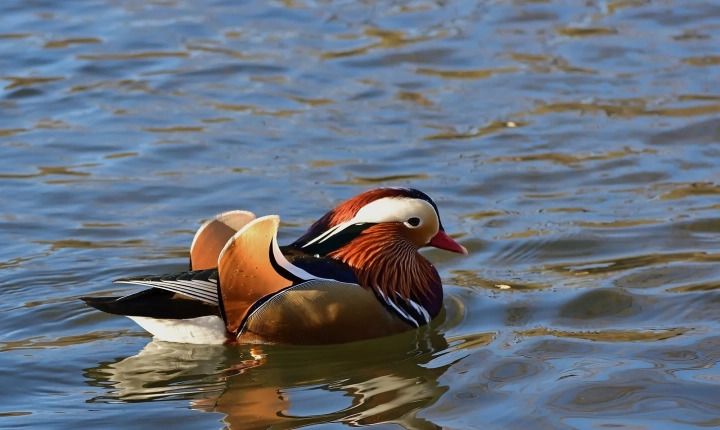Artificial intelligence (AI) art generators are revolutionizing the way we create and appreciate art. These sophisticated tools employ advanced algorithms to produce stunning visual artworks that blur the line between human and machine creativity. But have you ever wondered how these AI art generators are made? Let’s delve into the fascinating world of AI art generation and explore the intricate process behind their development.
At the core of AI art generators are deep learning algorithms, a subset of machine learning techniques that enable computers to learn from and make decisions based on large datasets. These algorithms are trained on massive collections of artistic images, paintings, and other visual data to understand the intricate nuances of art styles, techniques, and aesthetics.
The first step in creating an AI art generator involves gathering a vast amount of diverse art data. This can include pieces from renowned artists, historical artworks, and even contemporary masterpieces. The more varied and comprehensive the dataset, the better the AI model can learn and generalize different art styles.
With the rich dataset in hand, the next phase involves designing and training the deep learning model. This entails building a neural network architecture that can effectively interpret and analyze visual information. Researchers and engineers fine-tune the model’s parameters to optimize its ability to understand and generate art in a manner that is visually appealing and conceptually coherent.
Once the model is trained, it undergoes rigorous testing and validation to ensure its ability to produce high-quality art. This involves evaluating the AI-generated artworks against a set of predefined criteria, often including aesthetic appeal, originality, and adherence to specific artistic styles.
Furthermore, AI art generators often incorporate advanced techniques such as style transfer, which enables the model to blend different artistic styles and create hybrid artworks. This involves extracting style elements from one artwork and applying them to another, resulting in a unique composition that merges diverse visual characteristics.
Ethical considerations also play a crucial role in the development of AI art generators. Issues such as attribution, intellectual property rights, and the ethical use of AI-generated art must be carefully addressed. Developers and researchers must ensure that the use of AI in art generation respects the intellectual and creative rights of artists and contributes positively to the art community.
Moreover, accessibility and inclusivity are key factors in the creation of AI art generators. Efforts are made to democratize art creation by developing user-friendly interfaces and tools that allow artists, creators, and enthusiasts from diverse backgrounds to engage with and contribute to the AI art generation process.
As technology continues to evolve, so too will AI art generators. Emerging advancements in machine learning and computer vision are likely to enhance the capabilities of these tools, enabling them to produce even more sophisticated and diverse art forms.
In conclusion, AI art generators are the result of a complex and multidisciplinary process that combines art, technology, and ethical considerations. By harnessing the power of deep learning algorithms and rich art datasets, developers are paving the way for a new era of artistic expression and creativity. As AI art generation continues to evolve, it promises to inspire and redefine the boundaries of art in ways previously unimaginable.
